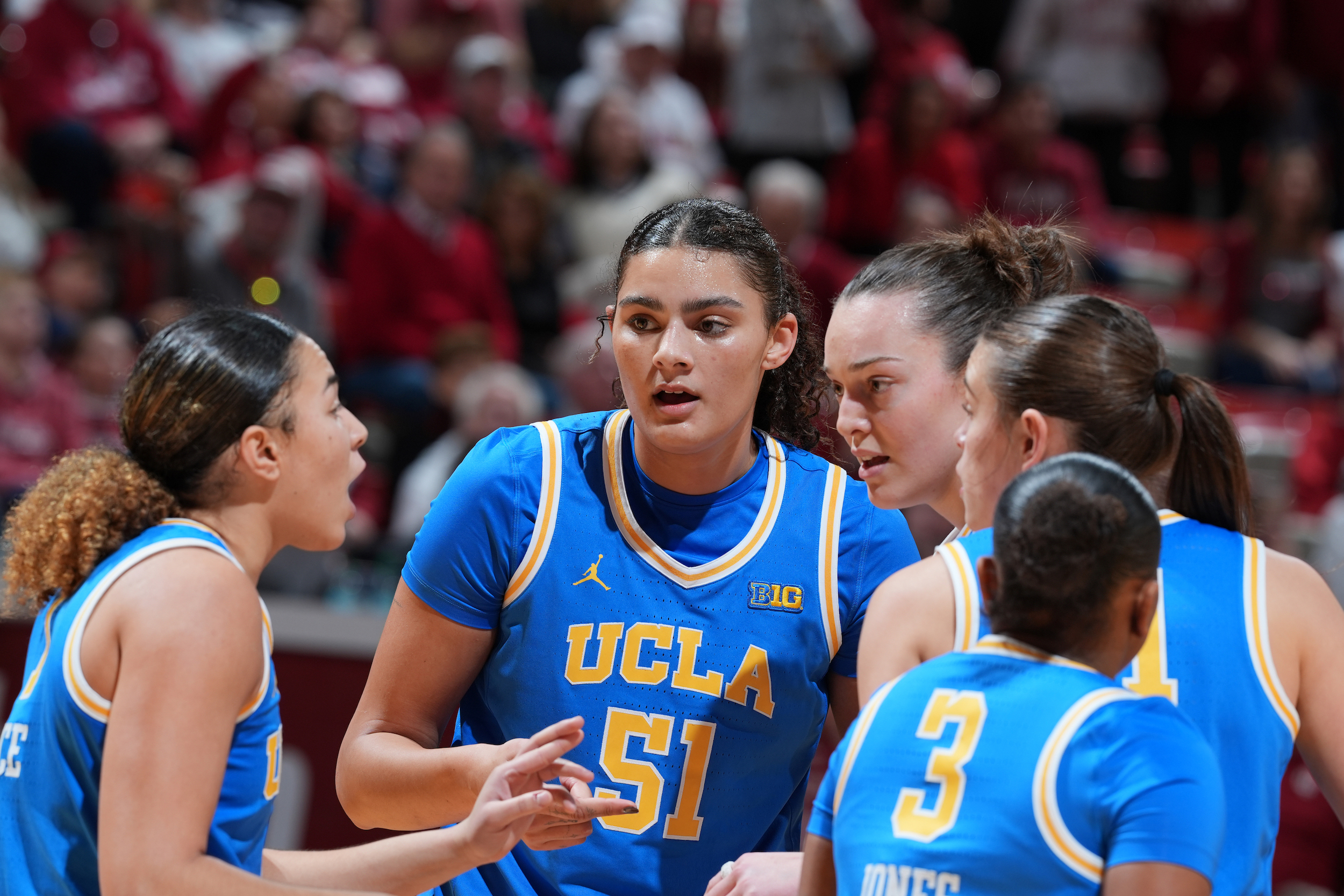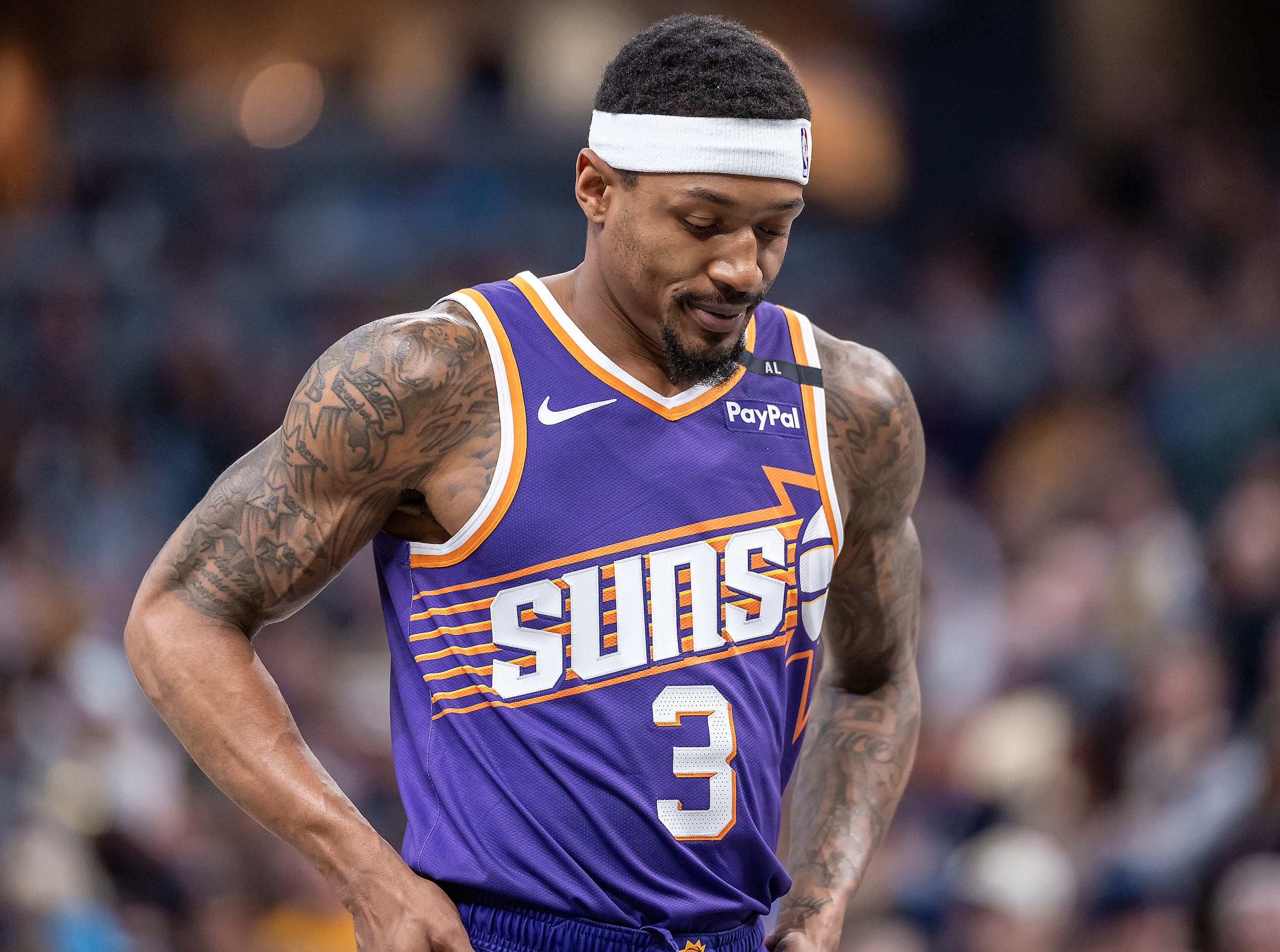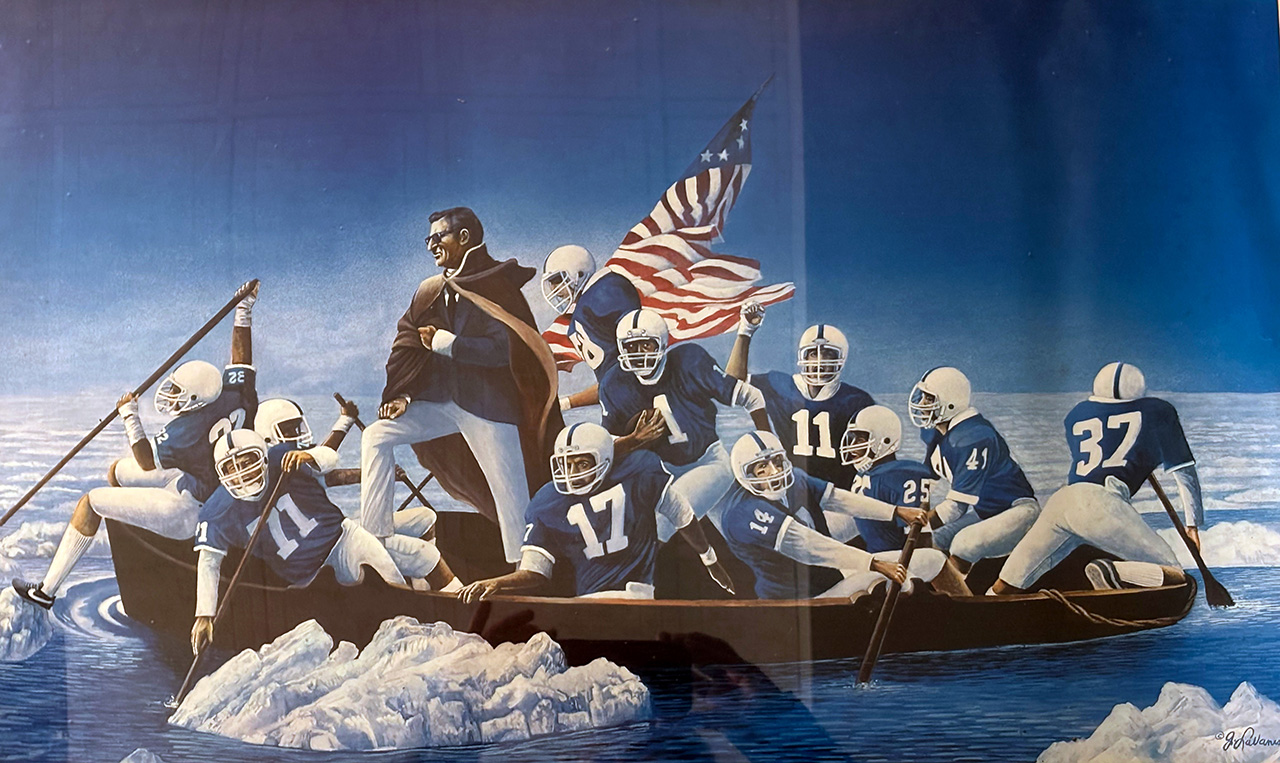After months of negotiations, the NBA and the National Basketball Players Association reached terms on a new collective bargaining agreement that will begin next year and run through the 2030-2031 season. The current CBA, negotiated in the first months of the 2016-17 season, was set to expire after the 2023-24 season, though the terms of that CBA gave both sides the ability to opt out as early as last December. Both sides pushed the opt-out deadline to February and then again to June, past the end of the current 2022-23 season, as both the union and the league sought to reach a deal with minimal friction. Though not everyone is happy about the deal, all the reporting suggests the players and owners will ratify the deal soon.
There are a good many details to get into here, but the crux of every recent NBA labor deal has been the degree of anti-competitive activities the players will accept from ownership. Management's pipe dream is an NFL-style hard salary cap, a demand that players correctly see as an existential threat and have successfully resisted in the past two CBAs. They did so in 2011 by giving up six percent of basketball-related income and in 2016 by using the behemoth TV deal to guarantee a strong negotiating position.
The players will keep their 51 percent of basketball-related income (BRI) this time around, and will gain a bunch of contract flexibility in exchange for a notable hardening of the still-technically soft cap. This new CBA introduces a second salary cap apron, set at $17.5 million above the luxury tax line, that makes team-building significantly more difficult for high-salary teams in a number of crucial ways. The apron is an extension of the already-extant rules restricting how teams over the tax line can operate. For example, the Warriors are tens of millions of dollars over the salary cap, which already seems like a contradiction. They can only carry such a hefty wage bill because they are paying an even larger amount in luxury tax, which compounds the higher teams get over the cap and the more consecutive years a team pays the tax. Also, they are signing players that they drafted to extensions, not taking on new free-agent salary when they're already over the cap, which is not allowed.
The new $17.5 million apron tightens these restrictions and introduces some new ones. Teams above that apron can't trade first-round picks seven drafts out, send cash in trades, sign buyout players, execute any trades that increase their total salary, or, critically, sign players using the tax-payer mid-level exception. Those consequences may seem light and the threshold may seem high, but if these rules applied last season, five teams would not have been able to make moves they did, such as Golden State signing Donte DiVincenzo or Boston signing Danilo Gallinari. Only nine teams are currently over the cap and only seven are over the $17.5 million line, though you have to assume (pending details, of course) that fewer owners will be willing to accept the harsher penalties for crossing that line going forward. Even if they do, franchise valuations are still climbing faster than player salaries. Those valuations will only increase as the cap hardens, because prospective owners would have an even firmer picture of how much they'd have to pay labor.
In exchange for this hardening of the cap, players got a bunch of new stuff, most notably a cut of licensing revenue. Owners used to keep it all, but now it will be considered part of BRI, which means players will see 51 percent of a revenue stream that was worth $160 million this season. They will also get the chance to invest in their own teams, which was a big goal of the NBPA negotiating team and will in theory allow players to be rewarded in a more substantial way for growing those franchise valuations. This seems good, though the details will really matter. Who will get to invest in their franchise, and what terms will come with it? How does this play into the salary cap? How does the NBA square the potentially problematic incentive structure where a player with equity in one team is traded to a rival? This will apparently be conducted under the aegis of an NBPA-approved private equity partner, which I will simply note here for the record is nasty.
The players also negotiated for improvements to restricted free agency (teams have 24 hours to match offers instead of 48, qualifying offers are 10 percent higher), extensions (teams can now extend players at 140 percent of their current number instead of 120, which could help teams like the Kings and Celtics keep players like Domantas Sabonis and Jaylen Brown), two-way deals (teams can have three instead of two), the amount of designated players a team is allowed to have (it used to be two, now the restriction has reportedly been eliminated), and the weed policy (they won't be tested for it anymore). Also, players will now be allowed to sign endorsement deals with cannabis and gambling companies.
In return, the league negotiated for the second apron, the first real anti-load management measures we've seen, and also the stupid in-season tournament that players seem to loathe. The NBPA asked for $1 million prizes for the winners of the tournament, but the final figure was half that. The games that comprise said tournament will count towards a team's 82-game schedule, though the final will not, so players already weary of the long schedule won't get more rest here. The owners also got some changes to end-of-year awards, and as a way to disincentivize load management, players must play 65 games to be eligible for end-of-year awards like all-NBA, which factors into potential salary bumps. All-NBA teams will also be positionless.
Prize money for the championship team of the NBA's In-Season Tournament beginning in 2023-24 season: $500,000 per player, sources tell @TheAthletic @Stadium.
— Shams Charania (@ShamsCharania) April 1, 2023
We can't render a full judgment on whether the players or the owners won this round of negotiations until we see the full document, especially the clauses pertaining to equity, though the imposition of the second apron is not worth what the players received from management. Unless players seriously flex their collective power (as they did in 2020), ownership won't give back the gains they've made in hardening the cap, and as good as the money is from licensing deals and as smooth as the new free-agency rules are, the most important concession present in the new CBA (again, based on reports) is the apron. That will become the starting point in the next round of negotiations; owners will demand a hard cap yet again, and the players will have to continue negotiating against a harder and harder cap. Meanwhile, franchise valuations will almost certainly grow, and as Draymond Green pointed out on Twitter, players and owners will fight over who will get a certain number of millions of dollars without touching the real money: the billions of dollars owners stand to gain from the sale of their teams.
You mean the people who generate billions to make millions? Yeah those people! https://t.co/nLFMYyFLEJ
— Draymond Green (@Money23Green) April 1, 2023





